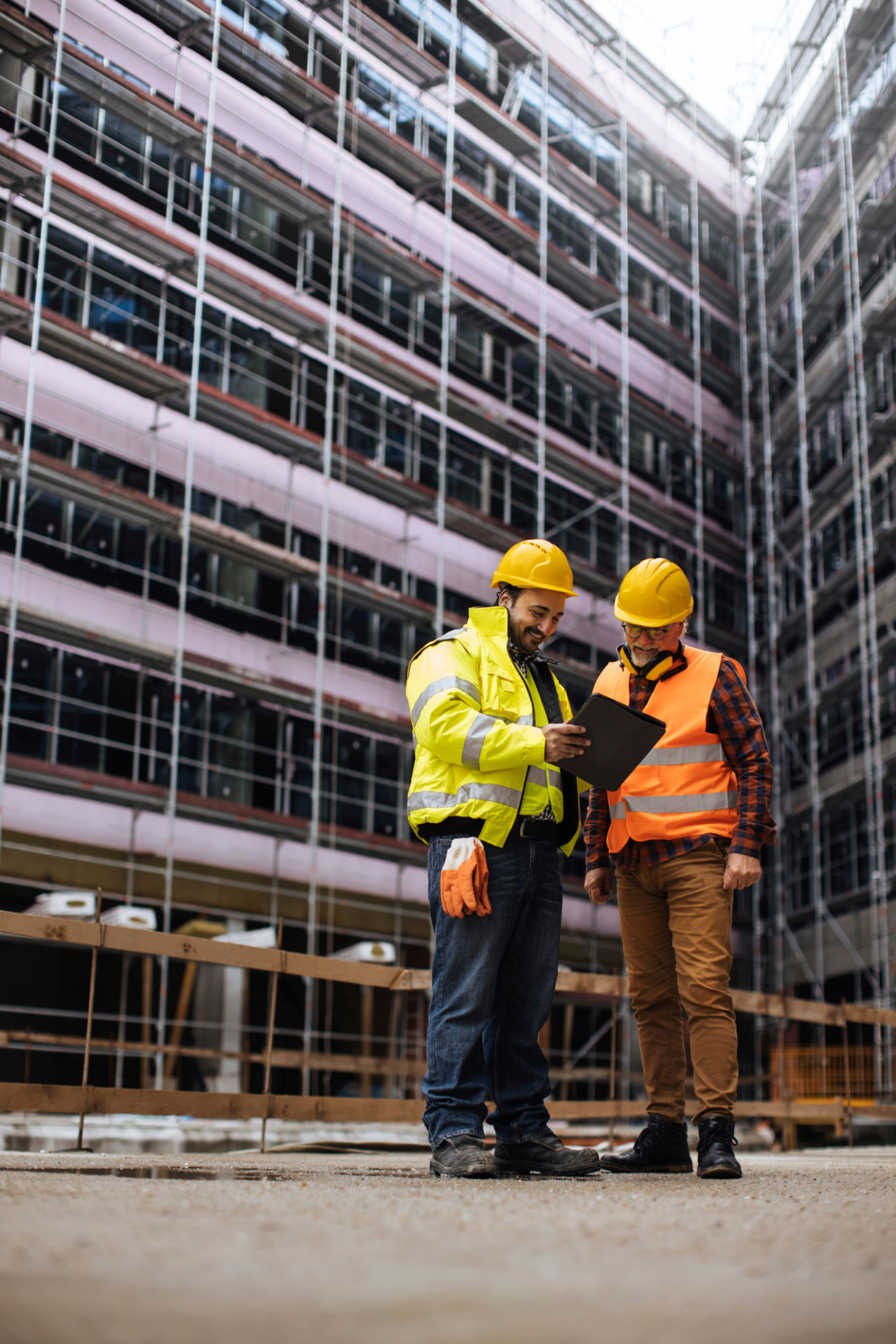Case Study: How We Transformed a Major Construction Site in Dacula
Introduction to the Project
When tasked with transforming a major construction site in Dacula, we knew we were stepping into an ambitious project. The site was sprawling, covering several acres, and required meticulous planning and execution to ensure the vision was brought to life efficiently and sustainably.
The project aimed to develop a state-of-the-art residential community, complete with modern amenities while preserving the natural beauty of the surrounding landscape. This case study will delve into the strategies and innovative solutions we deployed to achieve this transformation.

Understanding the Challenges
Every construction project comes with its unique set of challenges, and this project was no different. The primary concerns included managing the environmental impact, adhering to strict timelines, and ensuring safety on site. Additionally, the need to integrate modern infrastructure without disrupting the local ecosystem was a critical factor that needed careful consideration.
Our team began by conducting a thorough site analysis to understand the terrain, existing vegetation, and wildlife. This information was crucial in devising a plan that minimized disruption and maximized resource efficiency.

Environmental Considerations
One of our top priorities was to implement environmentally friendly construction practices. By utilizing sustainable materials and energy-efficient technologies, we aimed to reduce the carbon footprint of the entire project.
- Use of Recycled Materials: We incorporated recycled steel and other materials wherever possible.
- Energy-Efficient Solutions: Solar panels and LED lighting were installed to reduce energy consumption.
- Water Conservation: Advanced irrigation systems were used to minimize water usage.

Innovative Construction Techniques
To address the complex demands of the project, we employed several innovative construction techniques. Prefabrication was extensively used to speed up the building process and reduce waste. This approach allowed for precise control over the quality and reduced the time spent on site work.
Additionally, Building Information Modeling (BIM) technology was crucial in planning and executing the project. BIM allowed us to visualize the entire construction process virtually, identify potential issues before they arose, and coordinate seamlessly with all stakeholders involved.

Community Engagement and Feedback
An essential aspect of our project was engaging with the local community. We hosted several town hall meetings and workshops to gather input and address any concerns the residents might have had. This collaborative approach ensured that the development was aligned with community expectations and added value to the locality.
Feedback from these sessions informed several design decisions, such as the inclusion of community parks and walking trails, enhancing the overall appeal of the residential area.

The Outcome
The transformation of the construction site in Dacula has been a resounding success. The new residential community is not only aesthetically pleasing but also environmentally responsible. The blend of modern amenities with natural surroundings has created a unique living experience for residents.
Our commitment to sustainability, innovation, and community engagement has set a benchmark for future projects. As we reflect on this journey, it is evident that careful planning, collaboration, and cutting-edge technology were key to overcoming the challenges and achieving our goals.
